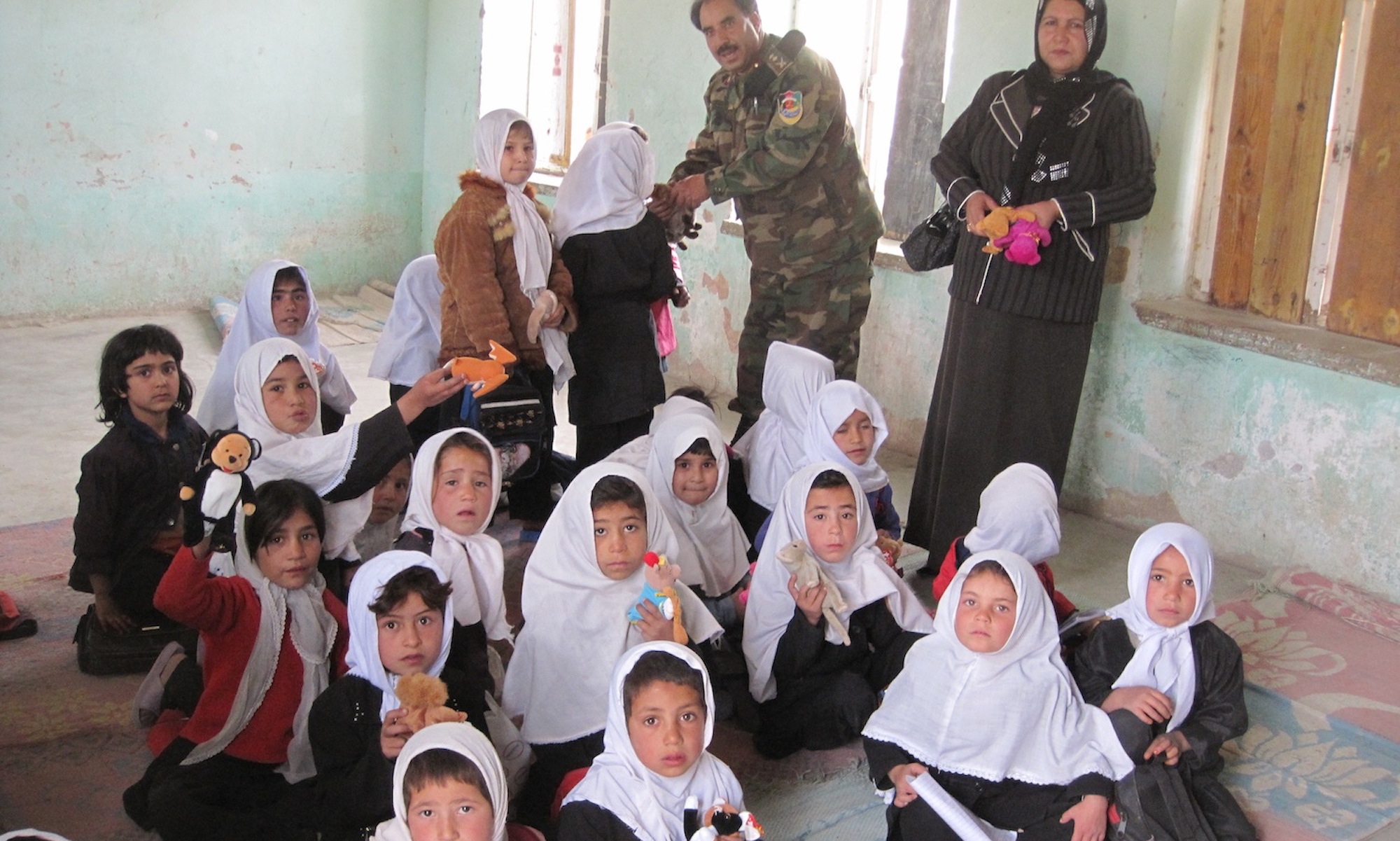Several devastating conflicts have persisted in Sub-Saharan Africa for the past 20 years or more. Some countries are still emerging from the era of cold war politics, while debilitating internal struggles continue to plague others. Ethiopia, Namibia, South Africa, Uganda, and more recently, Angola and Mozambique are examples of the former. The latter is illustrated by the situation in countries such as Liberia, Somalia and the Sudan. This study, the transition from war to peace in Sub-Saharan Africa, offers practical guidance and examples of good practice for improving the design and implementation of programs for demobilization, reinsertion, and reintegration of ex-combatants and their dependents in client countries. It also provides a list of early warning signals that indicate whether the demobilization and reintegration programs (DRPs) process is not going according to plan and suggests preventive actions. Work on the ground, as well as case analysis in countries such as Ethiopia, Namibia, Uganda, Angola, Mozambique, and Rwanda form the basis of the suggested good practice in DRPs.
A future disarmament, demobilisation and reintegration process in Sudan: lessons learned from Ethiopia, Mozambique and Uganda
The conflict that broke out in Sudan on the eve of its independence from Britain in 1956 has devastated the country, retarded developmental progress, drained human resources and damaged the social fabric of the entire nation. However, the Protocol of Machakos which was signed by the Government of the Republic of the Sudan and the Sudan People’s Liberation Movement/Sudan People’s Liberation Army on 20 July 2002, states the commitment of the parties to a negotiated, peaceful and comprehensive resolution to the conflict within the unity of the country. With peace now in sight, the disarmament, demobilisation and reintegration (DDR) of former combatants is essential to avoid the mistakes made in 1972. It is crucial to build a new future for the generations that have suffered so much in five decades of war. This paper examines the challenges that might confront DDR in post-conflict Sudan. It draws on past experience following the 1972 Addis Ababa Agreement between the regime of President Gaffar Mohammed Nimeiri and the Anya-nya rebels, and on the experiences of countries that have gone through similar situations, such as Ethiopia, Mozambique and Uganda.
A significant number of countries worldwide are described as entering a phase of `post’-conflict transition. Drawing on the experience of the health sector, this paper argues that the nature of the rehabilitation task is often misunderstood. In particular, it is often equated with reconstruction of war-damaged infrastructure and assets. Such an approach derives from a misconception of the origins and nature of contemporary warfare. It also serves to reinforce a linear approach to the transition from relief to development. This paper attempts to redefine the rehabilitation task in situations of `post’-conflict transition, drawing on examples from Cambodia, Ethiopia and Uganda. It argues that the direct effects of military action on the social sector are less significant than the indirect effects of political, economic and social changes which both underlie and are precipitated by conflict. Therefore, rehabilitation needs to go beyond reconstruction and tackle the root causes of instability. Such a reinterpretation of the rehabilitation task raises a number of dilemmas, particularly for international actors concerned to contribute to a sustainable peace. These dilemmas are rooted in both the uncertainty about the legitimacy of incoming governments in transitional situations, and in the organisation of the aid system itself. The paper concludes that confronting these dilemmas implies a fundamental change in the orientation and delivery of aid in `post’-conflict situations.
